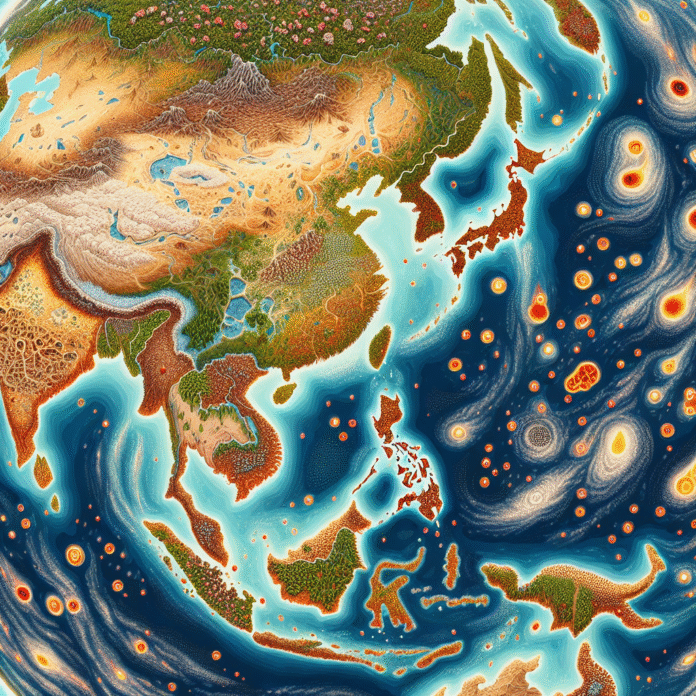Impact of Climate Change on Asia
The Express Tribune
Impact of Climate Change on Asia
The consequences of climate change are increasingly becoming evident across Asia, a region that is particularly vulnerable due to its diverse geography, dense populations, and reliance on agriculture. Rising temperatures, erratic rainfall patterns, and extreme weather events are posing significant challenges to both ecosystems and human livelihoods.
Increased Frequency of Natural Disasters
Asia has been experiencing a surge in natural disasters such as floods, typhoons, and droughts. Countries like Bangladesh and India frequently grapple with severe flooding, which displaces millions and causes extensive damage to infrastructure and agriculture. In contrast, regions such as Southeast Asia are facing prolonged droughts that threaten food security and water availability.
Impact on Agriculture
Agriculture, a crucial sector for many Asian economies, is under severe threat from climate change. Shifts in climatic conditions affect crop yields and create uncertainties for farmers. For instance, rice, a staple food for billions, is particularly sensitive to temperature changes. As climate patterns shift, the viability of traditional farming practices is also compromised, leading to potential food shortages and increased prices.
Health Risks and Economic Consequences
The health implications of climate change in Asia are profound. Rising temperatures contribute to the spread of vector-borne diseases such as malaria and dengue fever. Additionally, heatwaves can exacerbate respiratory issues and other heat-related illnesses, putting a strain on healthcare systems.
The economic repercussions are equally alarming. As natural disasters become more frequent and severe, the costs associated with recovery and rebuilding efforts escalate. This can divert funds from essential services such as education and healthcare, further entrenching poverty in affected regions.
Urban Challenges and Migration
Rapid urbanization in Asia compounds the challenges posed by climate change. Cities are often ill-equipped to handle the impacts of rising sea levels and increased flooding. This situation leads to the displacement of populations, as people migrate from vulnerable rural areas to urban centers in search of better opportunities. Such migrations can create additional pressures on urban infrastructures and resources.
Mitigation and Adaptation Strategies
To combat the effects of climate change, Asian countries are increasingly adopting mitigation and adaptation strategies. Investment in renewable energy sources, such as solar and wind, is gaining momentum, helping to reduce carbon emissions. Additionally, governments are implementing policies aimed at enhancing resilience in agriculture, improving water management, and promoting sustainable urban planning.
Regional cooperation is also vital for addressing these challenges. Collaborative efforts between nations can facilitate the sharing of resources, technology, and expertise necessary to tackle climate-related issues effectively.
Conclusion
The climate crisis presents a formidable challenge for Asia, necessitating immediate and sustained action. By prioritizing sustainable development and resilience-building measures, the region can work towards mitigating the impacts of climate change while safeguarding the livelihoods and health of its populations. The future of Asia depends on proactive measures to address these pressing environmental issues.


